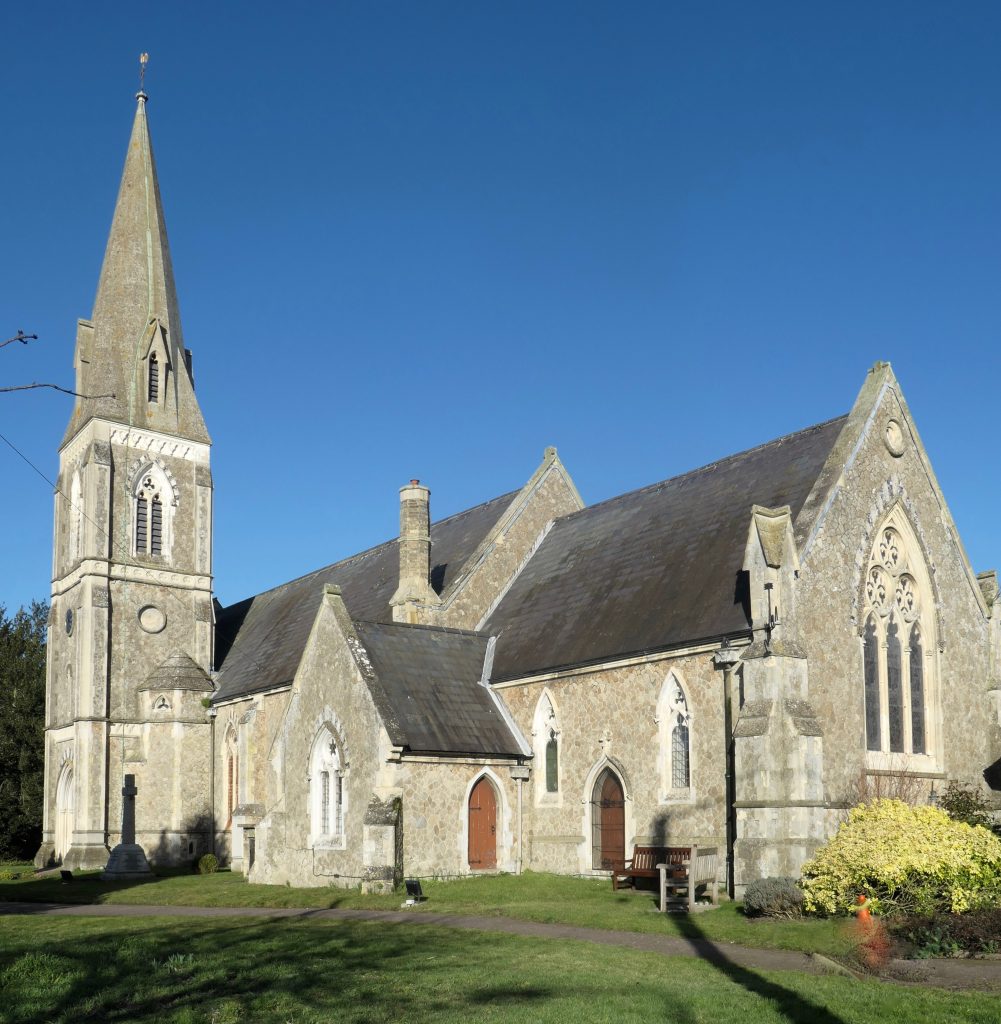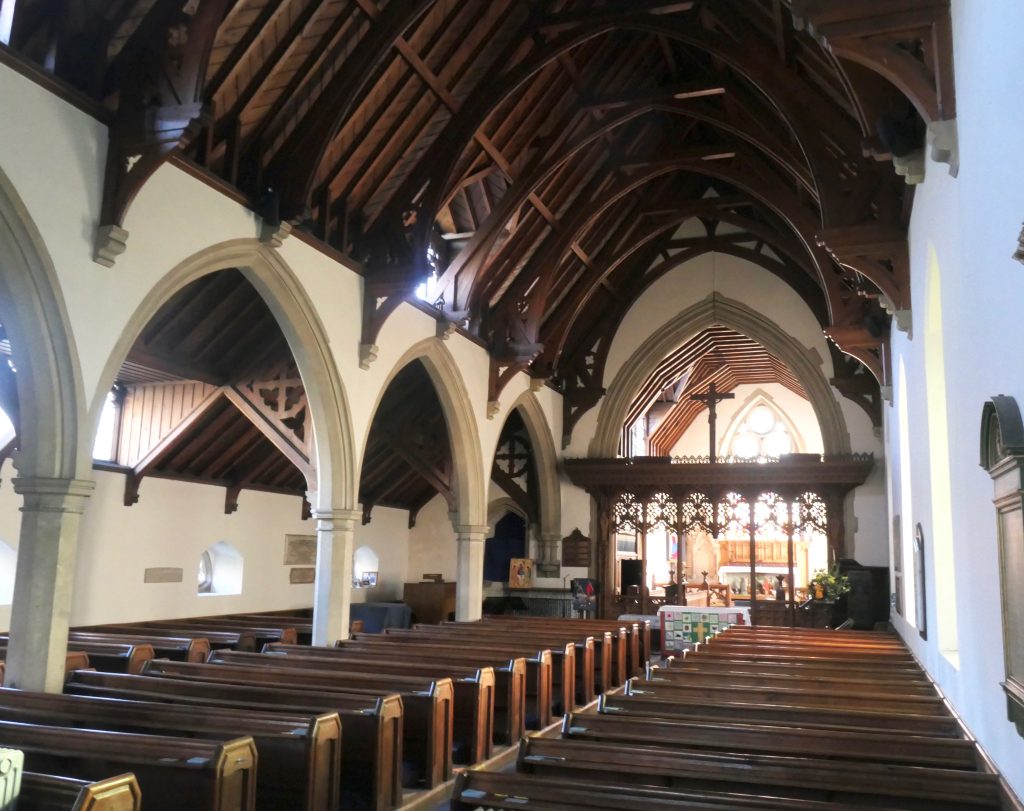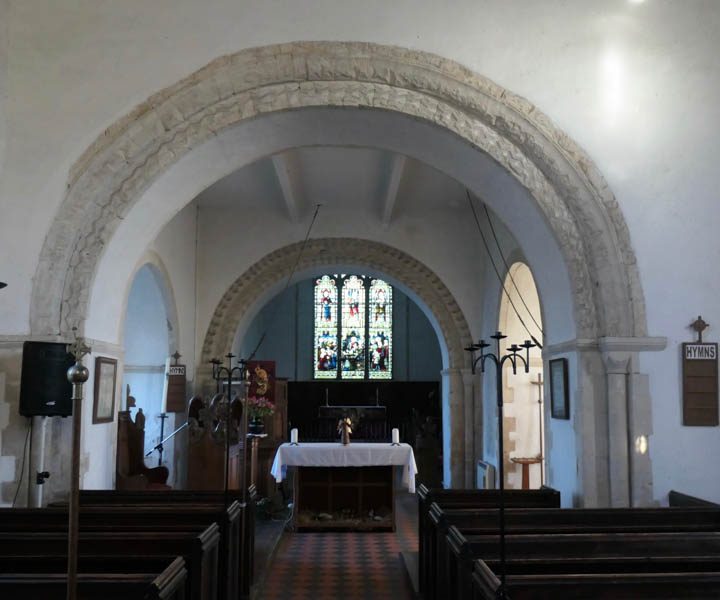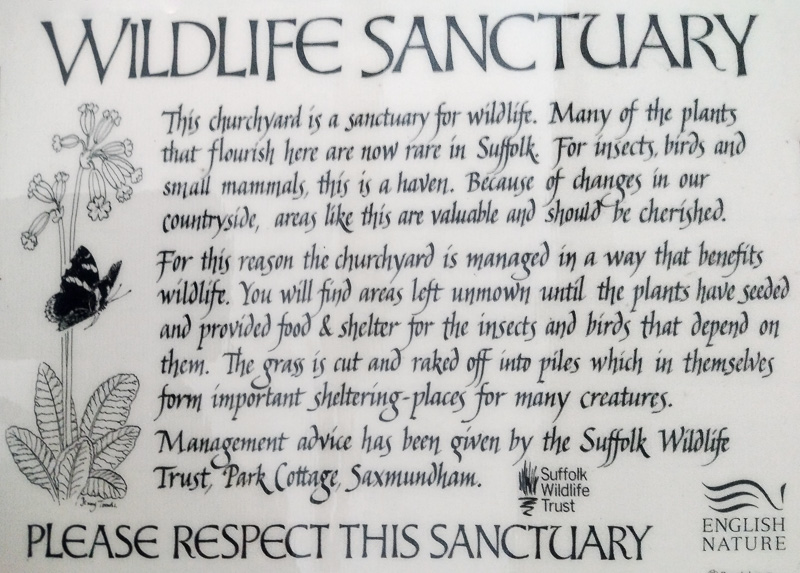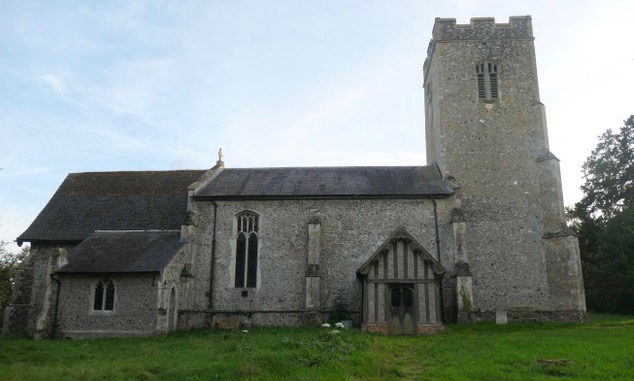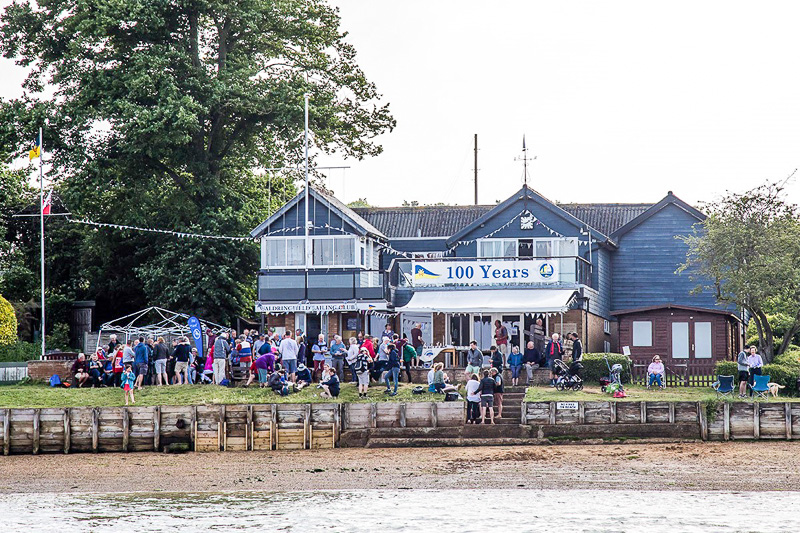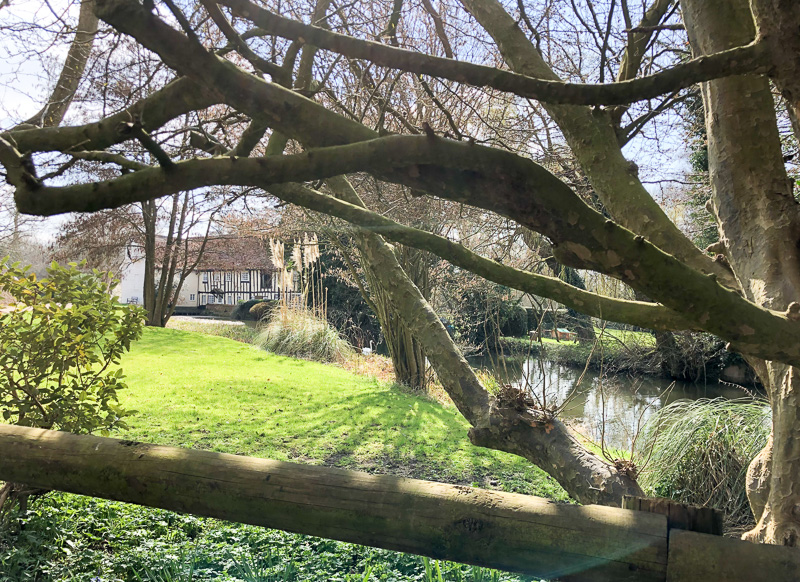by Sue Ryder Richardson
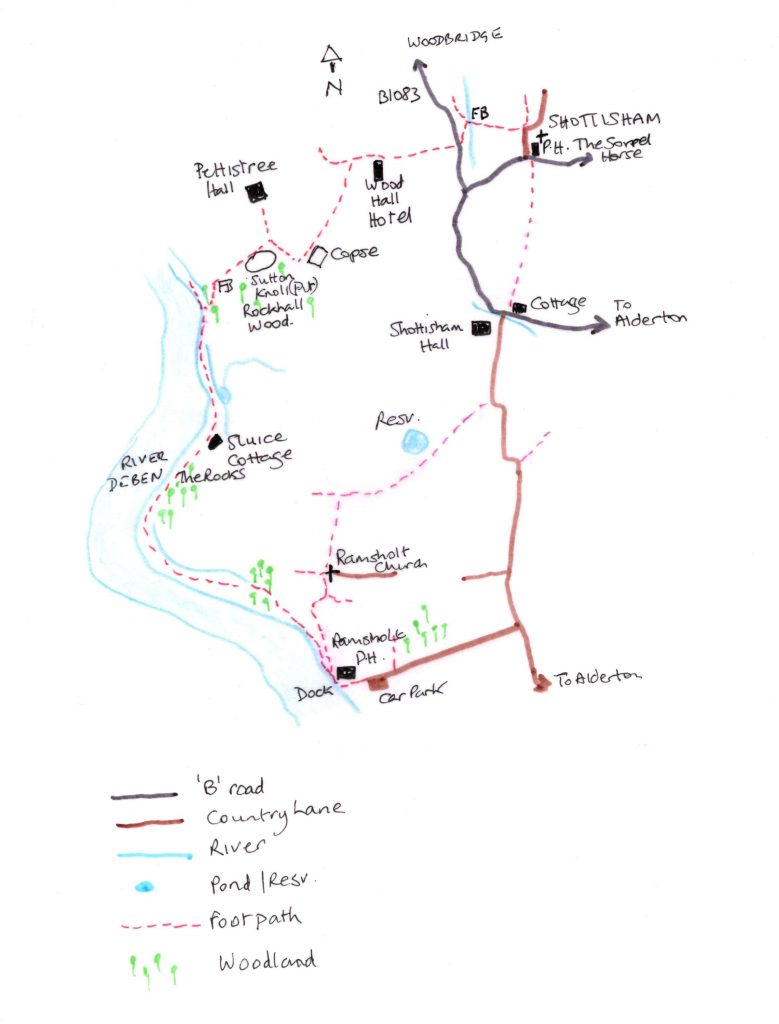
Like the River Deben itself, this walk is one of two parts: from dry pastoral uplands to the salty, tidal marshes and mudflats. Start in the tiny village of Shottisham, a place where time has stood still; a cluster of cottages nestle around the picturesque Sorrel Horse pub, a path leads up to St Margaret’s church, and a playground. There is a white weatherboarded watermill set Constable-like amongst trees, and all this is surrounded by cornfields and pastures. The village captures the essence of Ronald Blythe, as it settles in a landscape that recalls the horse-drawn plough of George Ewart Evans.
Continue reading
